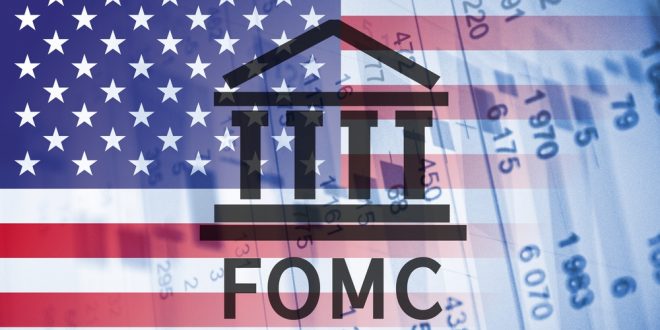The US Federal Reserve will release the minutes of its December policy meeting on Wednesday, January 5, at 1900 GMT and investors will look for clues into the rate future.
Investors will finally get to know the likely timing of the Fed’s first rate hike with the release of last month’s policy makers’ meeting minutes. The US central bank is on track to end its asset purchase program in March – opening the way for it to raise interest rates and get rid of some of its bond holdings – after it doubled the pace on December 15.
Forecasts from Fed officials in the “dot plot” published alongside the policy statement showed the expectation for three quarter-percentage-point increases in the key federal funds rate target in 2022.
“Given the shifts at the last meeting, we’ll be watching for whether the reason for doubling the taper pace is primarily to create an option for early rates liftoff if inflation surprises further on the upside, or if members believe the current pace of inflation warrants an actual rate hike as soon as March. On that point, it would be particularly useful to see if we get any clarification on what ‘maximum employment means. Or, a sense of how many (i.e. is it ‘almost all’, ‘most’ or just ‘many’ or ‘some’) who see that condition close to being met. The greater the consensus, the easier it’ll be to flip the rate lever.” Wrote Andrew Husby, an economist at Bloomberg.
According to the CME Group’s FedWatch Tool, investors are pricing a 61.3% chance of a rate hike in March, compared to 25.9% a month ago. There is a risk the Fed’s publication could prompt a rise in the March rate hike probability, and if so, yields could continue to push higher and weigh on gold. Market participants will want to ensure that policymakers see the March meeting as a “live meeting” during which the first rate hike in three years could be enacted. On the other hand, a dovish tone is likely to force bond yields to turn south and trigger a rebound in gold.
The consensus headline figure for this Friday’s US Nonfarm Payrolls report is estimated at 424k, with the unemployment rate falling to 4.1% in December. The jobs report will be used to determine how far the labor market must improve before meeting the Fed’s “maximum employment” criteria for a hike. Faster-than-expected US wage growth, beyond the estimated 4.2% for December that feeds into demand-pull and cost-push inflation, may also prompt the Fed to hasten its policy tightening.
If this week’s FOMC minutes and the NFP print suggest that a March rate hike is probable, that could prompt further gains in Treasury yields and the US dollar, while triggering declines in growth stocks and gold.
 Noor Trends News, Technical Analysis, Educational Tools and Recommendations
Noor Trends News, Technical Analysis, Educational Tools and Recommendations





